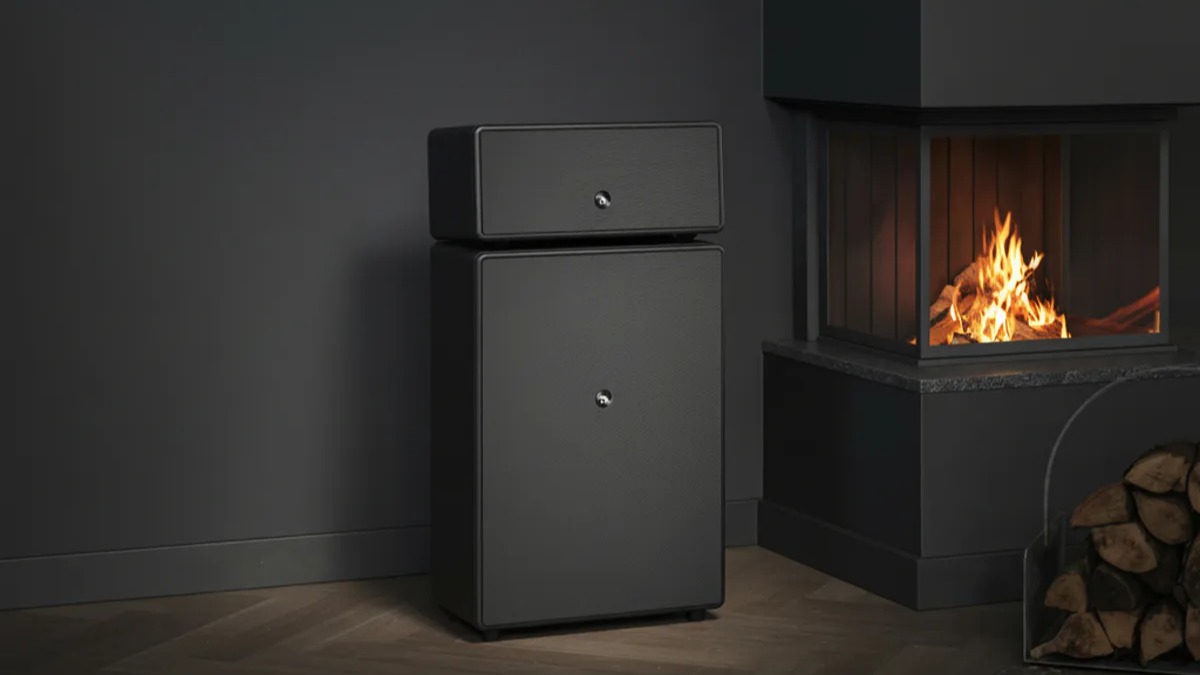How to choose the right record player for you
Budget, features and pairing equipment should all be considered
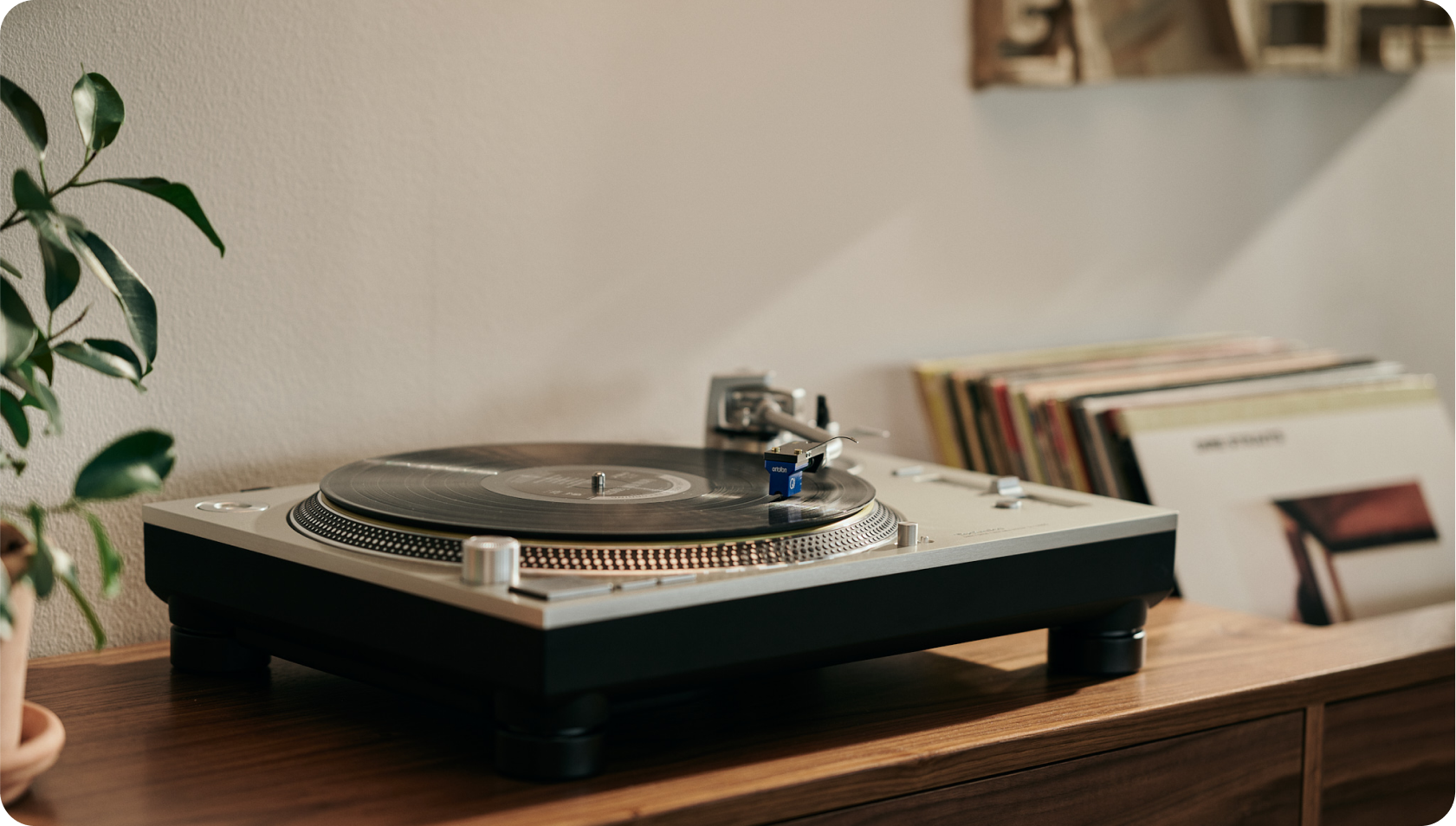
Your turntable or record player is the star of your vinyl-based hi-fi system. Its beating heart might be the amplifier, and the speakers are its face, but your source (and what music you feed it) is why you built the system in the first place. It is dictated by how you want to consume music, and you’ll interact with no other component as much as you do a turntable.
That puts quite a bit of pressure on choosing the right one, doesn't it? With so many variables to consider and so many choices in today's market, it can help to have a hand to hold through the process. Consider this article – and What Hi-Fi?'s 50-year expertise – that helping hand.
Below we talk you through how to budget your record player relative to other stereo components, what your options are in terms of feature sets, and how to set it up for the best possible sound.
So whether you’re in the market for a first deck or are looking to upgrade from something that just isn’t doing it for you anymore, read on for our complete guide to buying the right turntable for you...
How to budget for a record player
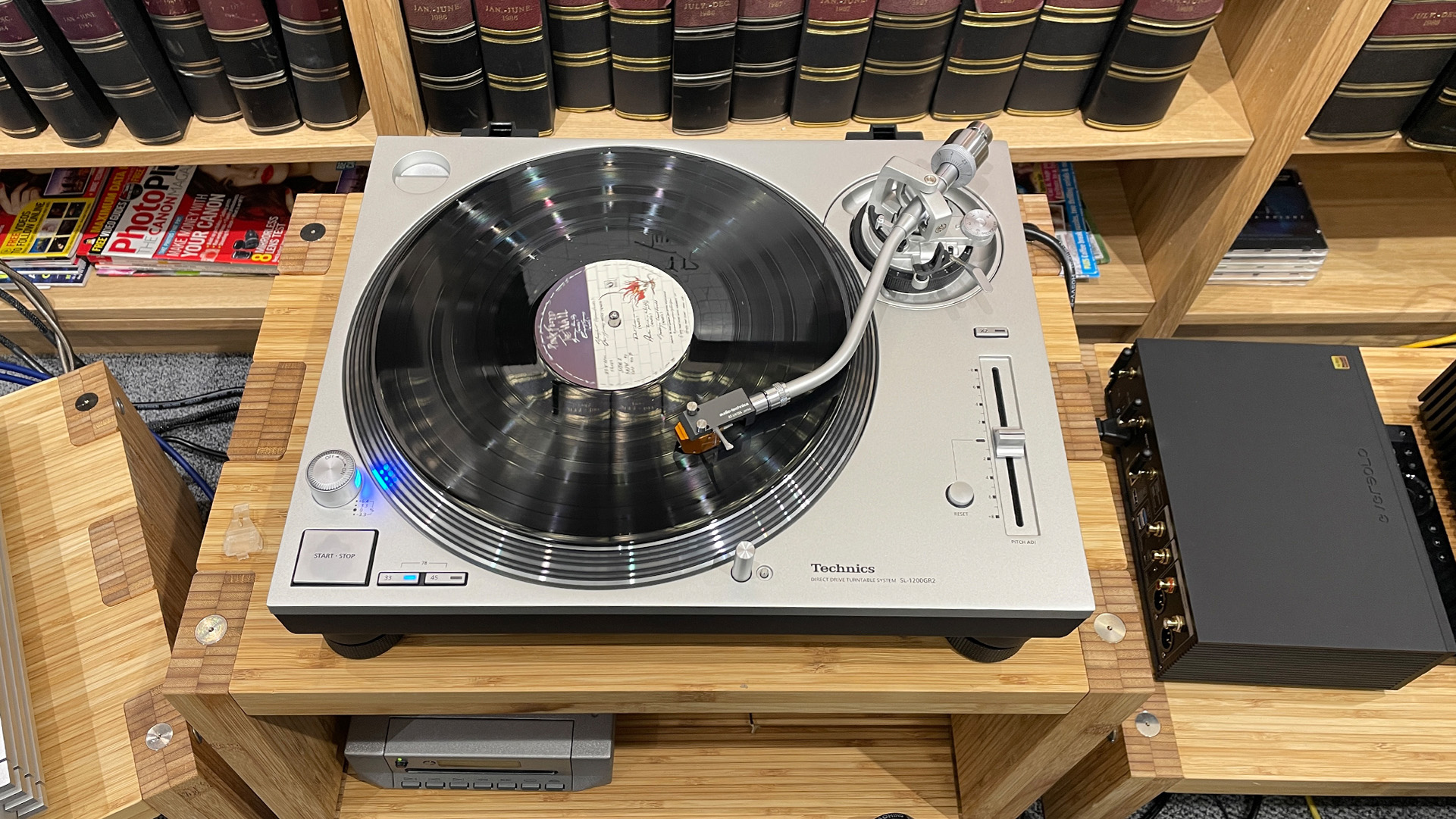
If you’ve done any sort of research before arriving at this page, you’ll likely have encountered several all-in-one, briefcase-style record players with enticingly low prices to match their basic straightforwardness. If this kind of thing meets your price and style criteria, then we’d urge you to first check the tracking weight of its supplied cartridge – many of them can track records at around 10g, which is four or five times heavier than ideal and will likely rip your vinyl to shreds.
All the ones we’ve heard sound poor, too, but the point here is that unless you’ve really set your heart on an all-in-one record player with everything you need (bar the records!) built into one box, your turntable budget will also have to stretch to at least a speaker of some sort (and maybe some stands).
If you’re starting from scratch and want a traditional set-up, you’ll also need an amplifier, speaker cables and interconnects. Unless there’s one built into either your turntable or amplifier, a phono stage (otherwise known as a phono preamp) is necessary too.
The latest hi-fi, home cinema and tech news, reviews, buying advice and deals, direct to your inbox.
Of all this, the record player itself shouldn’t really be much more than a quarter of your overall budget. Your system will still work if you have a deck that the speakers and amp can’t justify, but its talents will be hampered; there’s no point in overspending on one component when you could have better spent the money on another.

There are many variations of this traditional set-up that can sound great with fewer components, too, of course. As we mentioned above, a phono stage is often built into turntables and amplifiers, in which case you can worry about getting a dedicated outboard one when you want to upgrade later on. And you can even strip things back to only a turntable and a pair of active speakers (i.e. speakers with amplification built in). You can even omit cables if both are capable of playing wirelessly.
Even if you already have the rest of your system and there's a wad of cash burning a hole in your pocket, it’s worth thinking about how a turntable costing that much would complement what you have.
Is it going to be hamstrung by your amp or cabling – in which case you’ll need some budget for another upgrade there too – or are you in fact not spending enough to hear a huge difference over the record player you already have? You can always save up for another few months, or make several less costly changes that could upgrade your sound more than you’d think.
Your local hi-fi shop can, of course, help you with the specifics of the equipment you have and your personal needs, but the key is to remember your budget for any audio component is rarely just all the money at your disposal – think about the whole system.
What features do you need?
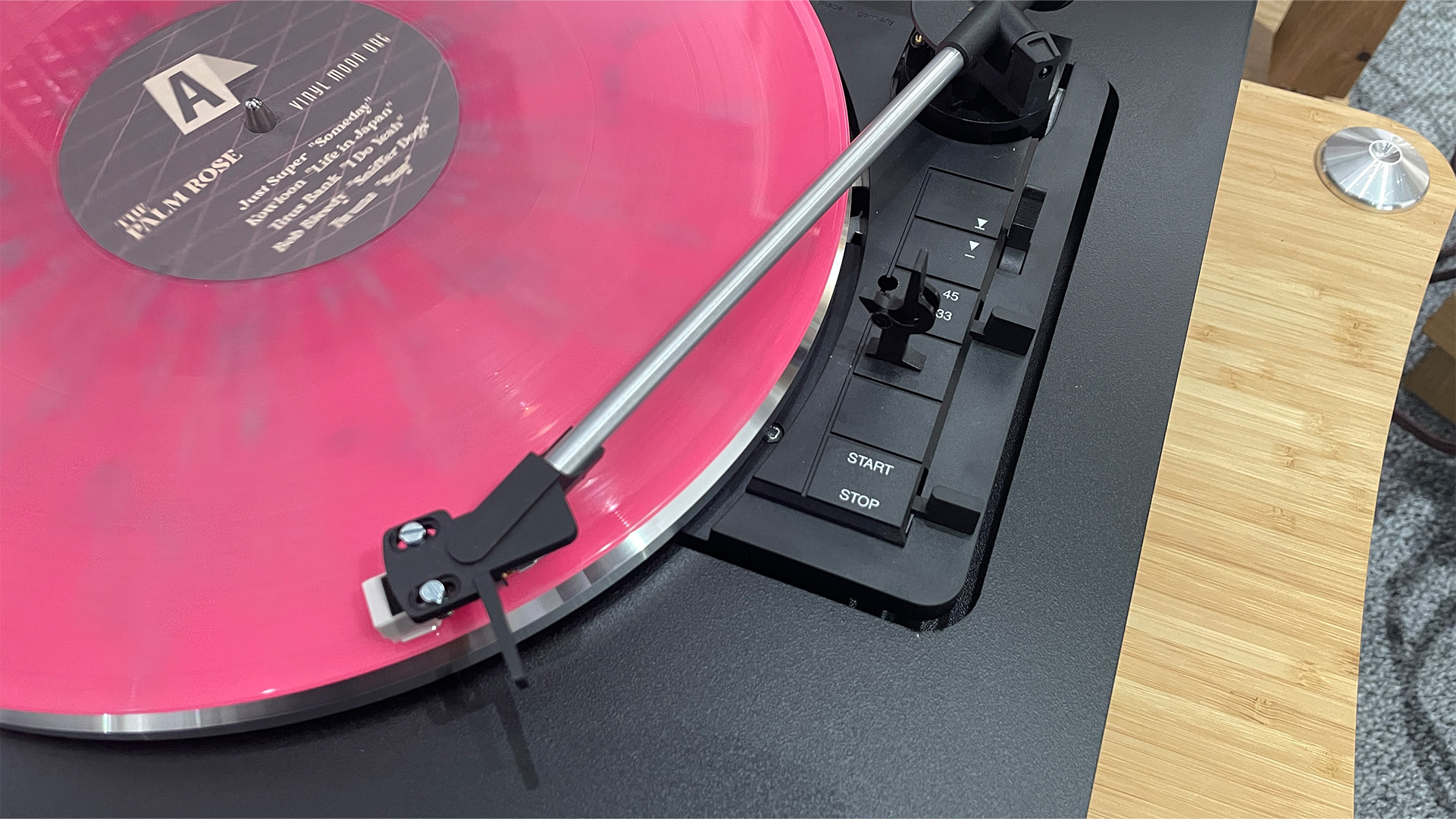
Setting an early budget will at least pare down the list of turntables you’ll want to read the reviews of and, ideally, hear for yourself. The other thing that will help this trimming is making a list of the features you desire in your new deck.
An easy one to begin with is how many speeds you need it to spin. Every turntable we test can play at both 33⅓rpm and 45pm, but 78rpm is especially rare in budget to mid-range decks. Only the most wilful artists and labels are likely to release any 78rpm discs these days – even the few 10-inch records released are unlikely to go at that speed – but it might be imperative if you have an old collection or are thinking of spending a fortune on Discogs for old rarities.
On a related note, you’ll likely be keen to avoid manually changing the speed if you have a diverse collection. The term ‘automatic’ when it comes to turntables can mean a few things these days – right up to the tonearm doing all its own work at the push of a button – but it certainly isn’t too much to ask to have a switch for speed change.
The only time you won’t have that is on certain belt-driven decks. You can read all about the difference between belt-driven and direct drive turntables on our dedicated page, though it is more of a concern for engineers in regard to how to create the best-sounding record player; the only time it ought really affect your search is if you want to DJ – in which case you will ideally need a direct-drive design – or if the particular belt-driven turntable you’re going for has manual speed change.
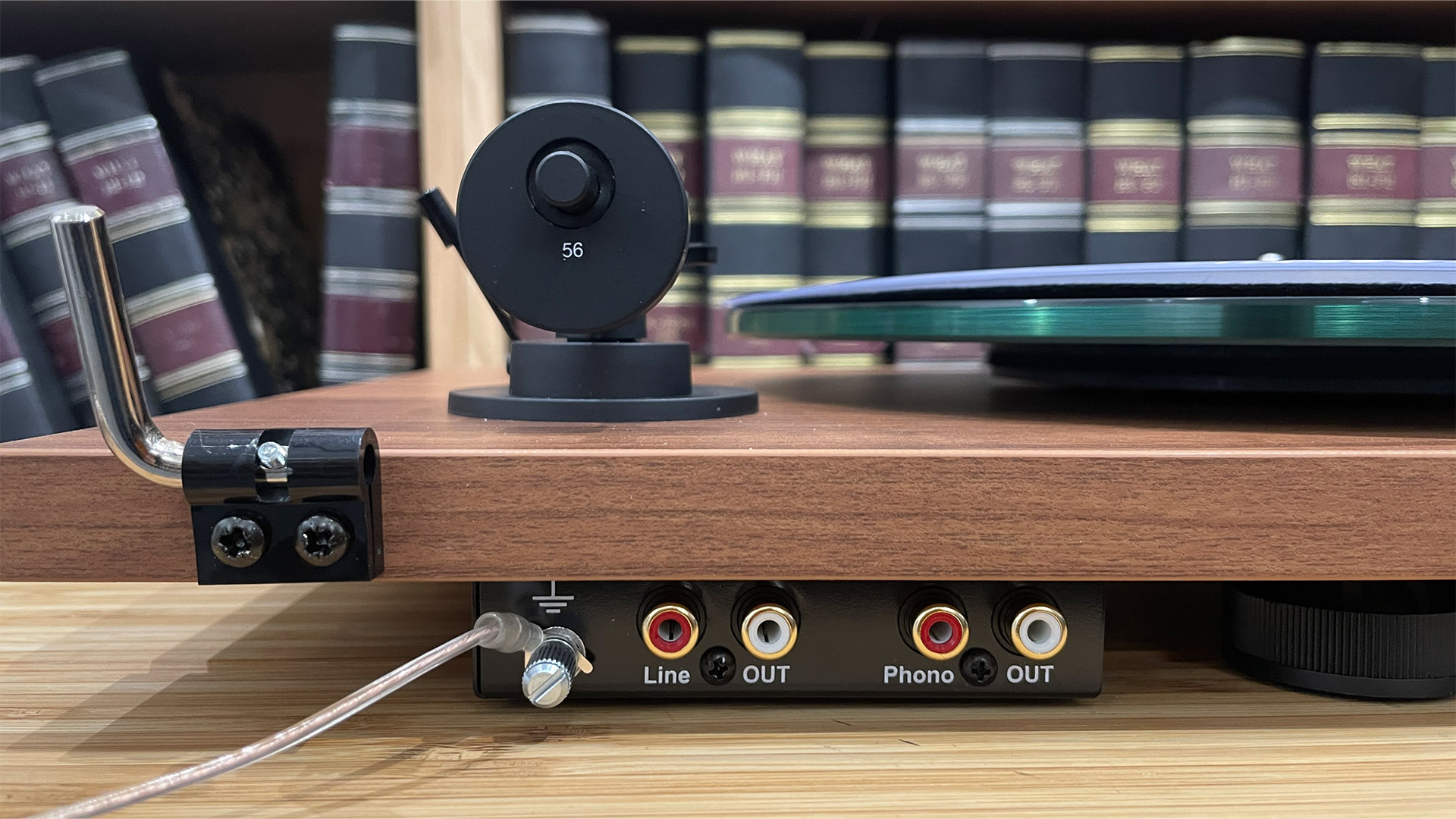
Far more important are the features that dictate what you need in the rest of your system, such as phono amplification and Bluetooth streaming capabilities. The former is most common, and there are plenty of great-sounding record players that have an integrated phono stage, as you can see in our best turntables buying guide.
The physical limitations of vinyl mean that the original signal has to be altered before it can be recorded – low frequencies are reduced in level and the highs are boosted. The curve that governs this equalisation was set by the RIAA (Record Industry Association of America) years ago. If you’ve ever plugged a turntable directly into a component's line-level input, you know you get a very quiet sound – and also one that is thin and bright, with no bass frequencies to speak of.
Every phono stage has the reverse response built into it – one that boosts bass and flattens treble to exactly the right degree. The result should be a tonally even presentation. A phono stage is also an amplifier, so to speak. Cartridge signals can be as low as a thousandth of a volt (CD’s output is specified at 2V) so the signal has to be amplified massively before the line-level stage of an amplifier can take over.
Having the phono stage built into your turntable can be handy as it’ll free up a bit of cash if you don’t need an outboard unit, and it also leaves you free to upgrade later on – as long as the deck you choose can bypass its own amplifier, which most can. You still do need a stereo amplifier between your phono preamp and speakers, mind you.
That said, in recent years you have also been able to get a good-sounding turntable without the need for any extra amplification at all, thanks to models such as the Pro-Ject Juke Box E. It has a preamp and power amp built-in, making it a true just-add-speakers system. The only issue with units like this is that future upgrading will be trickier – as with any all-in-one component – but its performance is so adept that you’re unlikely to find a group of separates that sounds hugely better for the price anyway.
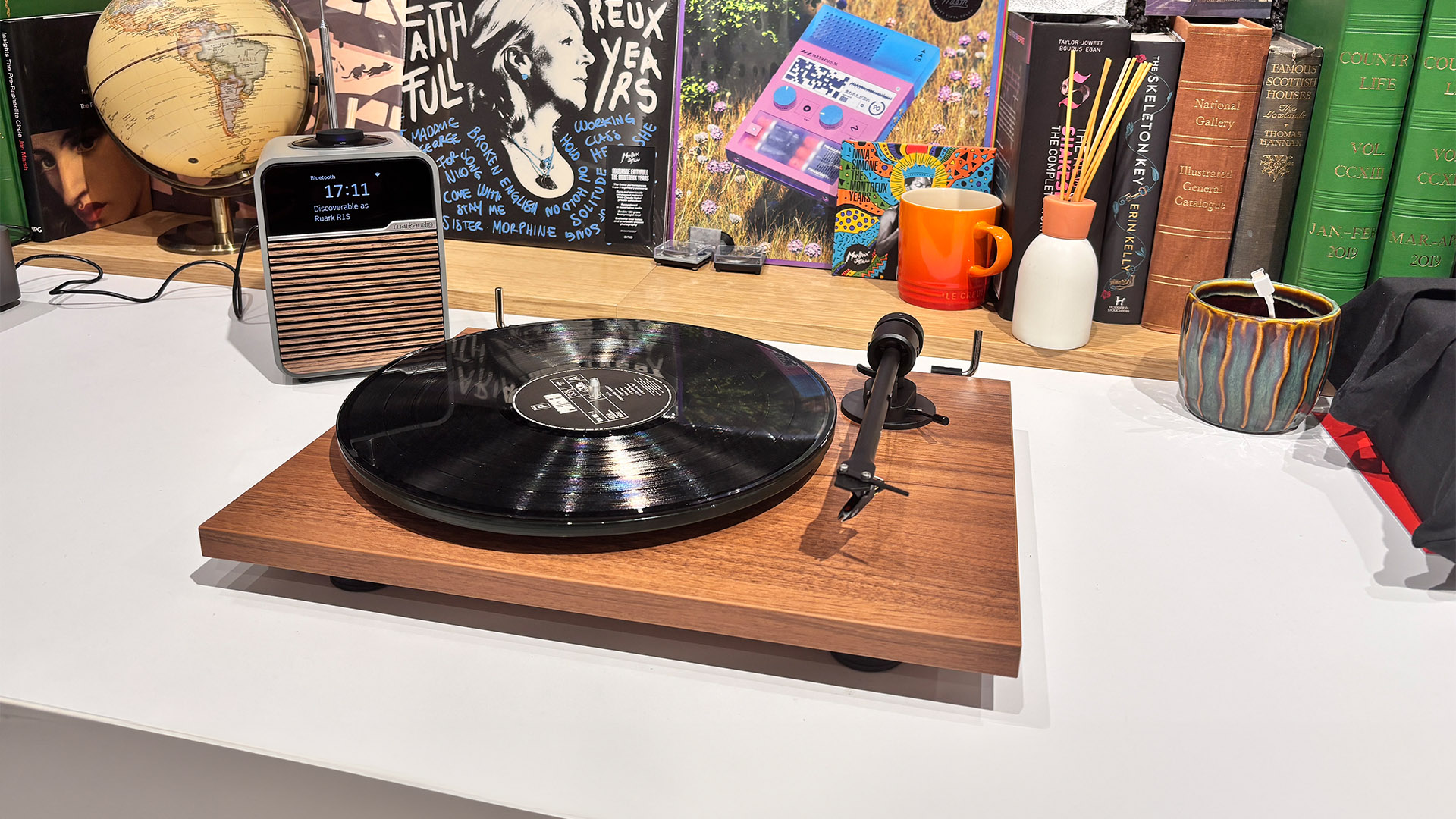
You can also stream music to the Juke Box E turntable, but the more common form of wireless record player can send the signal to a pair of Bluetooth speakers or wireless headphones. Bluetooth turntables are growing in popularity and are available for very little money these days – such as the Sony PS-LX310BT, the Pro-Ject T1 Evo BT (pictured above) and many more.
You can go right up to a four-figure unit such as the Cambridge Audio Alva TT V2 for a higher-end system, too. It’s a great space-saving solution that’ll also avoid the need for cables running around your room.
You can get a wi-fi turntable for higher-quality streaming your vinyl to a wireless component over your network – the Pro-Ject T2 W and Victrola Stream Sapphire are a couple of examples – though ultimately these are pretty rare.
Another way the turntable industry has moved into the 21st century is with the ability to rip your vinyl to digital files thanks to a USB output. It’s a little niche – unless your collection is full of rarities, it’s likely most will already be on the major music streaming services – but it does save you having to buy music twice in order to have it on your phone or portable music player, and is a decent way of building your own music library.
Consider the cartridge
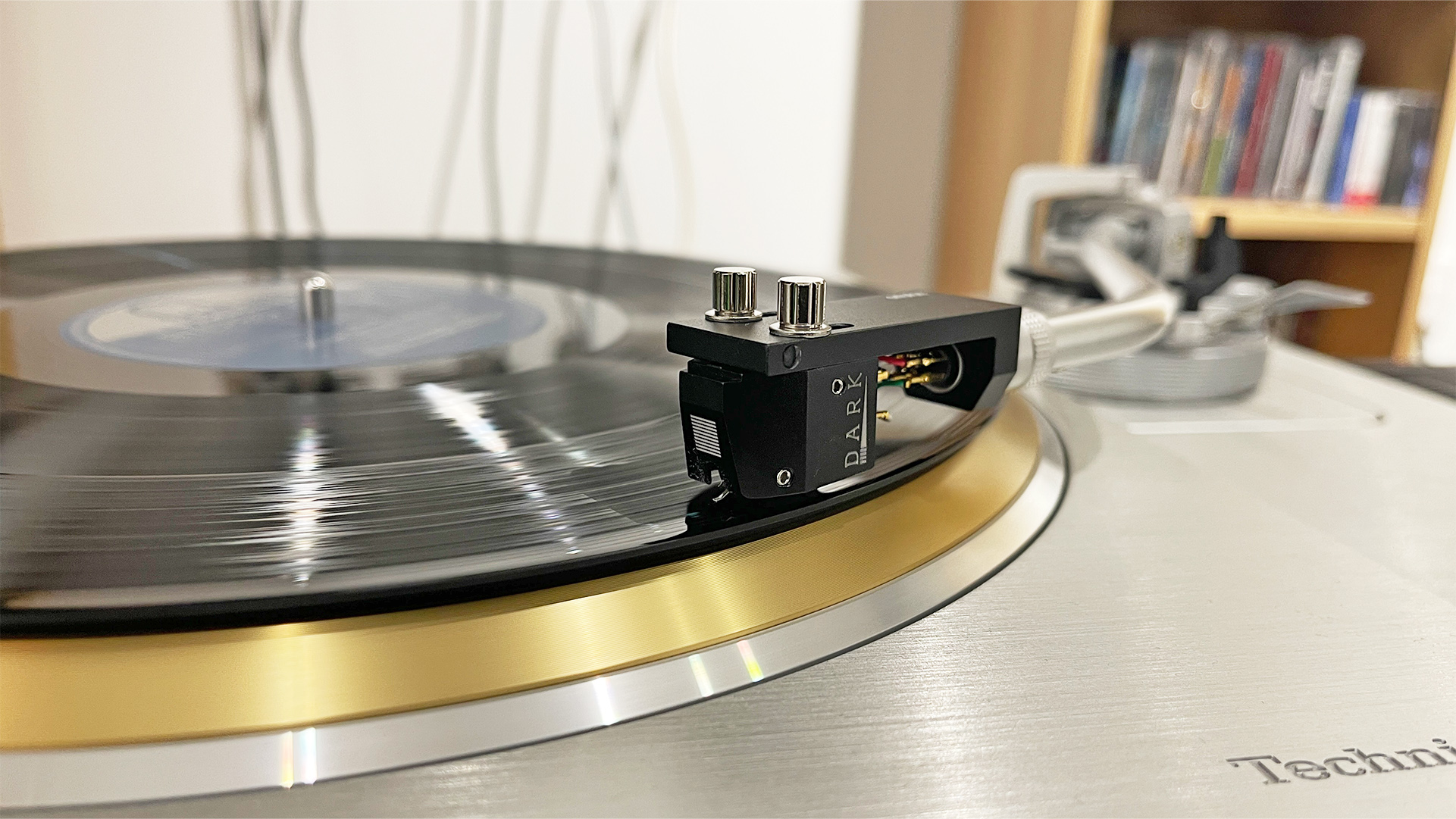
The all-important turntable cartridge isn’t perhaps something you need to worry about straight away as pretty much all budget and mid-range turntables come with one fitted, meaning you only really need to find a package you like the sound of as a whole. But it is a good budget-friendly future upgrade, and it makes sense to understand it anyway.
For the uninitiated, the cartridge's primary job is to track the groove. More specifically, it is the job of the stylus tip to do so. The tip is made of a very hard substance, normally diamond. But don’t get too excited – it’s industrial diamond rather than the really valuable stuff.
This diamond tip is usually shaped into a small point that sits in the record groove and follows the wiggles as the record turns.
The nature and degree of the stylus’s movement is what translates into the varying frequencies and volume that you hear through the speakers. This movement is carried through the cantilever – the shaft to which the stylus tip is attached – and into the cartridge body.
There are two types of cartridges: moving magnet and moving coil. They both work on the principle of using movement to induce current thanks to magnetic fields.
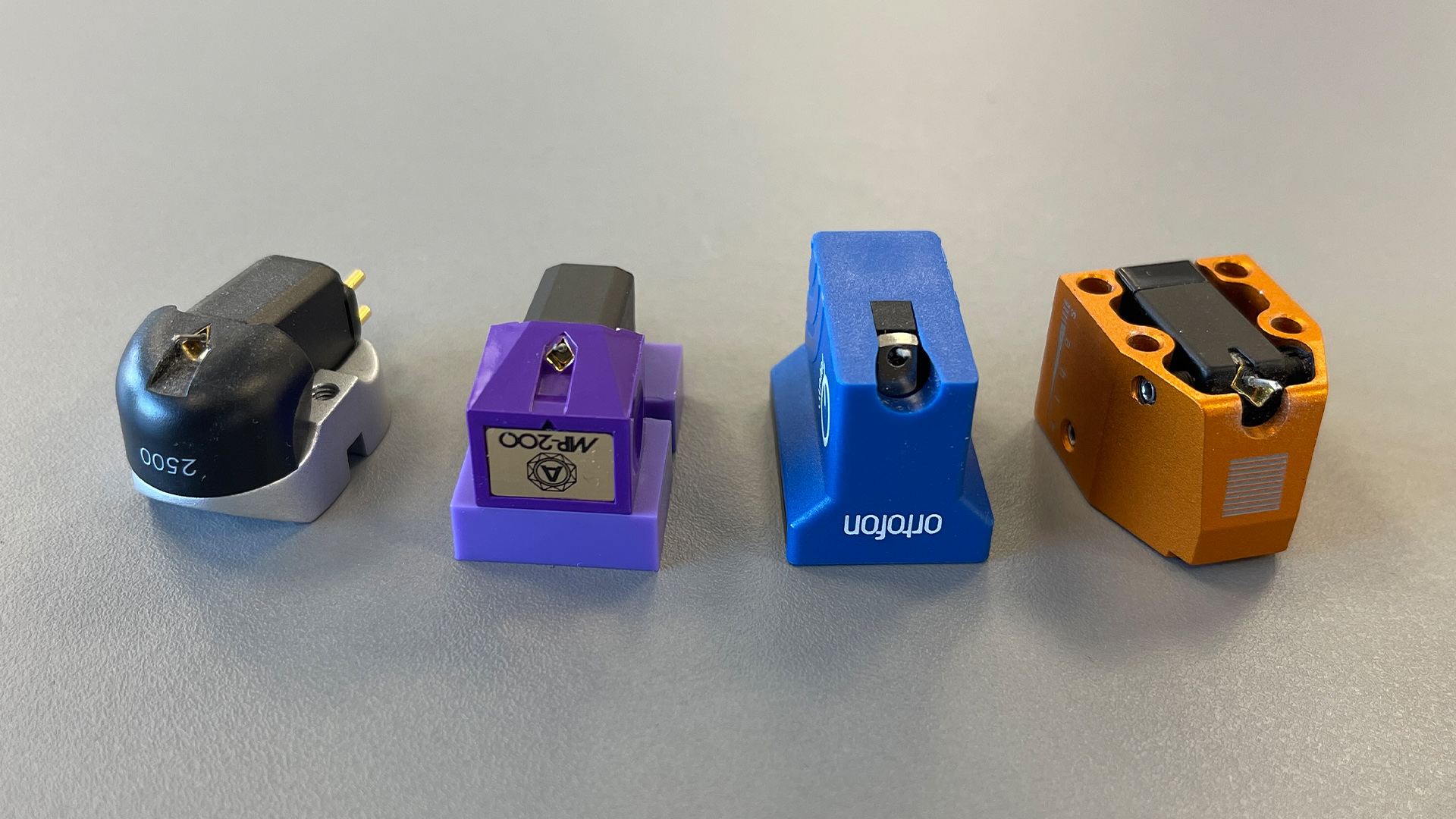
But, as the names imply, in one the magnet moves to induce current while in the other the coil does so and the magnet is fixed. So, assuming we’re talking about a moving magnet cartridge, in the case of our example a tiny magnet is attached to the hidden end of the cantilever; as the stylus tip moves around, it does too.
The magnet’s varying field causes current to flow in the tiny coils positioned close by, and this is the signal that comes out the back of the cartridge to be fed into your stereo amplifier, active speakers or outboard phono stage.
Moving-magnet cartridges tend to be consistent in terms of their electrical requirements, so phono stage manufacturers can design a single circuit that will suit (almost) all. Things aren’t so simple with moving coils.
High-output MC designs aren’t far off their MM cousins in terms of level, while low-output variants produce just a fraction of that. This means adjustable gain in the phono stage is desirable to optimise the sound in terms of signal-to-noise. While 40dB of gain is fine for most moving magnets, MCs will sometimes need anything from around 50dB to 70dB.
Moving coils also vary in their requirements of resistance, capacitance and inductance – all three add up to make the overall impedance.
Generally, it’s easier to find a good-sounding moving magnet cartridge on a budget, so there's no point in switching yours out unless you’re getting a proper upgrade with an MC version, and one your turntable can justify. Either way, you’ll need to make sure your phono stage is compatible with the kind of cartridge you choose.
If your cartridge doesn’t come already fixed to your turntable, or if you’re changing from one to another, it’s worth reading our guide on how to fit a new cartridge to your turntable and checking out our list of the best cartridges you can buy.
System-matching is important
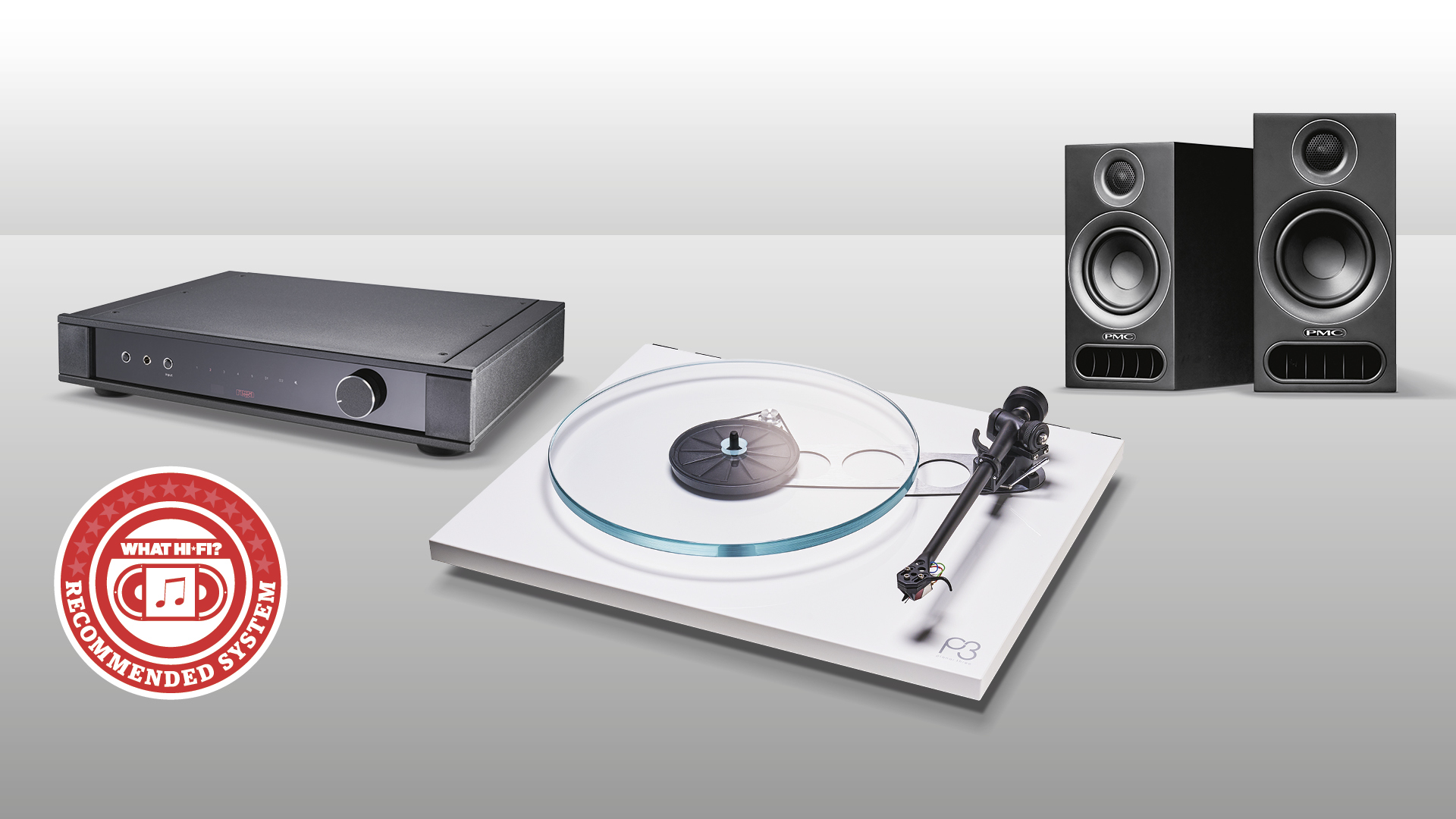
System-building always deserves careful thought, but it can be even more significant with a turntable where there are even more components to match.
We’ve written about how to build the perfect hi-fi system before, but it’s worth noting here that many turntable manufacturers like to dial in a bit of what you might term ‘analogue warmth’ – really just emphasising the idea you’re listening to vinyl rather than a digital reproduction.
That’s fine, if that’s the kind of sonic character you’re after, but it does mean you’ll need to be a bit more careful with the rest of your system – too much emphasis on lower-mid frequencies, for example, can all add up to make a muddy, slovenly sound. If you want to hear precisely what your deck is saying, you’ll want to major on transparency elsewhere in the system. It’s a bit like a relationship, where opposing characteristics can actually be the most complementary.
Whatever you end up deciding, it’s always best practice to test the turntable you’re thinking of buying with the kit you’re going to pair it with. It might be irritating having to take your whole system to a dealership (or asking them to source it), but it’s the only way you can really be sure how a record player will sound once you get it home – and your dealer might well have some good suggestions that you hadn’t considered.
Setting up your turntable
It’s worth visiting our dedicated how to set up your turntable page and watching the video above only when you're ready to go through the process, but there are a few things you can think about before you even get it home.
Most important is positioning and support. The surface on which you place your record player needs to be perfectly level, low resonance and positioned as far away from sources of vibration as possible – and that includes your speakers.
On a hard concrete floor, a floorstanding support will work fine – but the same support will emphasise footfall on a suspended wooden floor. If you have such a floor construction, we would recommend investing in a dedicated wall shelf. This kind of support avoids the footfall issue totally. Just make sure you use proper heavy-duty mounting screws and fixings, or the consequence could be expensive!
Most decks have some sort of isolation built in. At its simplest, this could be something like rubber feet, or it could go all the way to a fully suspended design. The better the isolation, the less fussy the deck will be about its support. But even the most sophisticated designs will perform better with careful placement and a good support.

As for the actual set-up, a lot of turntables right up to the high-end models are now pretty much plug-and-play, with just a few adjustments for tracking weight and bias to be made, and the documentation with your deck should talk you through those steps sufficiently.
You might want to invest in a dedicated stylus force scale, though, which will give you more accurate readings of how much force your tonearm/cartridge set-up is putting on your records (the manual will state the desired force) while allowing for easier adjustments in the future. Decent models can be picked up on the cheap.
As ever when choosing and setting up an audio component, the proof is in the listening. Whether it’s choosing the turntable you like, or fiddling with fractions of grams of tracking weight, it’s the sound you like that really matters.
If you follow the steps above, and in the linked articles, it should just make it a bit easier to arrive at that winning combination.
MORE:
Our expert pick of the best turntables you can buy
From voice to vinyl: how records get their groove
15 of the best-sounding vinyl records
Record Store Day 2025: dates, guides, and the full list of releases

Becky is a hi-fi, AV and technology journalist, formerly the Managing Editor at What Hi-Fi? and Editor of Australian Hi-Fi and Audio Esoterica magazines. With over twelve years of journalism experience in the hi-fi industry, she has reviewed all manner of audio gear, from budget amplifiers to high-end speakers, and particularly specialises in headphones and head-fi devices.
In her spare time, Becky can often be found running, watching Liverpool FC and horror movies, and hunting for gluten-free cake.
- Kashfia KabirHi-Fi and Audio Editor
You must confirm your public display name before commenting
Please logout and then login again, you will then be prompted to enter your display name.

